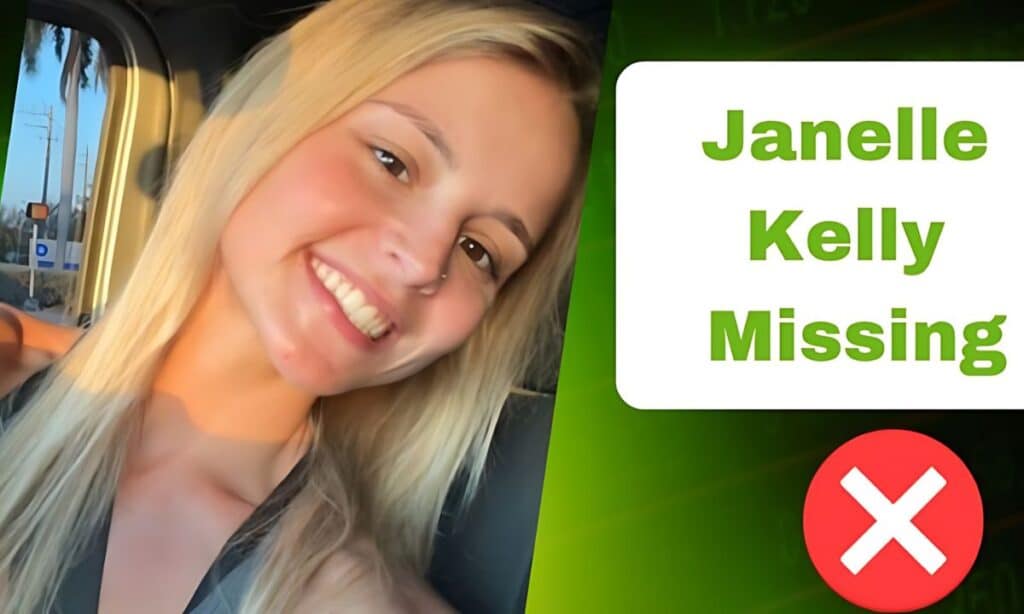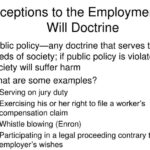In today’s digital age, stories can spread like wildfire across social media platforms, captivating millions within hours. One such tale that recently took the internet by storm was the alleged disappearance of Janelle Kelly.
This article delves deep into the viral phenomenon, exploring its origins, impact, and the important lessons it teaches us about media consumption in the 21st century.
The Skit: Missing Teen’s Friends Go On TV To Plead For Her Release
The story of Janelle Kelly’s disappearance began with a video that quickly went viral. In this expertly crafted skit, a group of teenagers appeared on what seemed to be a local news program, desperately pleading for the safe return of their friend, Janelle Kelly. The video hit all the right notes to trigger an emotional response:
- Tearful friends describing Janelle’s last known whereabouts
- A detailed description of the missing teen
- Urgent appeals for any information about her disappearance
But as viewers watched closely, they began to notice peculiar details that didn’t quite add up. The friends’ performances seemed a bit too polished, their emotions a tad exaggerated. It was as if they were reading from a script rather than speaking from the heart.
“We just want Janelle back. Please, if anyone has seen her, call the number on the screen. Janelle, if you’re watching this, we love you and miss you so much!” – Sarah, Janelle’s “best friend” in the skit
The creators of this skit, a group of film students from a local university, had meticulously planned every aspect of their production. They studied real missing person reports, mimicked the style of local news broadcasts, and even created fake social media profiles for Janelle Kelly to add depth to their fictional narrative.
The Making of a Viral Sensation
The film students behind the Janelle Kelly story spent weeks preparing for their elaborate hoax. They:
- Researched actual missing person cases to ensure authenticity
- Studied the mannerisms and speech patterns of distressed teenagers
- Created a detailed backstory for Janelle, including her likes, dislikes, and daily routines
- Set up social media accounts for Janelle and her friends, populating them with months of fake interactions
- Rented professional camera equipment to match the quality of local news broadcasts
This level of detail and preparation contributed significantly to the video’s initial believability, allowing it to gain traction before viewers began to question its authenticity.
The Reactions: Confusion, Anger, And Humor
As the video spread across social platforms, reactions varied wildly:
- Genuine Concern: Many viewers, taking the video at face value, shared it widely in hopes of helping find Janelle.
- Skepticism: Some eagle-eyed viewers spotted inconsistencies and questioned the video’s authenticity.
- Anger: Once the truth was revealed, many felt duped and expressed outrage at the creators.
- Humor: Memes and parodies soon flooded the internet, turning Janelle Kelly into a cultural touchstone.
The hashtag #FindJanelleKelly trended for days, with people across the country joining in the search for a girl who didn’t exist. This phenomenon highlighted how quickly misinformation can spread in our interconnected world.
Table: Social Media Engagement with #FindJanelleKelly
| Platform | Shares | Comments | Likes |
| 1.2M | 500K | 3.5M | |
| 800K | 300K | 2.1M | |
| 500K | 250K | 1.8M | |
| TikTok | 2.5M | 1M | 5.2M |
The Emotional Rollercoaster
The Janelle Kelly story took viewers on an emotional journey:
- Initial Shock: The first wave of viewers experienced genuine concern and fear for Janelle’s safety.
- Growing Suspicion: As inconsistencies emerged, many began to question the story’s validity.
- Revelation and Backlash: When the truth came out, anger and disappointment dominated the conversation.
- Reflection and Discussion: Eventually, people began to analyze the deeper implications of the hoax.
This emotional arc played out over just a few days, demonstrating the rapid pace of information (and misinformation) spread in the digital age.
The Purpose: Satire As A Form Of Social Criticism
As the dust settled and the truth emerged, it became clear that the Janelle Kelly story was more than just a prank. It was a carefully crafted piece of satire, designed to shine a light on several critical issues:
- Media Sensationalism: The skit parodied the way some news outlets prioritize shocking stories over factual reporting.
- Public Gullibility: It demonstrated how easily people can be misled by convincing narratives, especially when emotions are involved.
- The Viral Nature of Misinformation: The rapid spread of the story highlighted the speed at which false information can propagate online.
- Selective Empathy: The overwhelming response to Janelle’s case raised questions about which missing person cases receive attention and why.
The creators argued that their intention was to spark a conversation about these issues, using humor and shock value to make their point. However, this approach raised ethical questions about the use of fictional missing person cases as a vehicle for social commentary.
Case Study: Real-Life Parallels
The Janelle Kelly story bears striking similarities to actual cases where media coverage has been criticized:
- The Balloon Boy Hoax (2009): A family claimed their son was trapped in a homemade flying saucer, sparking a media frenzy. It was later revealed to be a publicity stunt.
- The Missing White Woman Syndrome: Critics argue that media outlets disproportionately cover missing person cases involving young, attractive white women, neglecting other demographics.
- The Runaway Bride Case (2005): Jennifer Wilbanks disappeared before her wedding, leading to a nationwide search. She had actually fled due to pre-wedding jitters, but not before the media had extensively covered her “abduction.”
These real-world examples demonstrate that the issues highlighted by the Janelle Kelly satire are indeed prevalent in our media landscape.
The Power of Satire
Satire has long been a powerful tool for social commentary. By exaggerating and mocking societal issues, satirists can:
- Draw attention to problems that might otherwise be ignored
- Make complex issues more accessible to a wider audience
- Encourage critical thinking and questioning of the status quo
- Use humor to soften the blow of harsh truths
However, the Janelle Kelly case raises questions about the limits of satire. When does a satirical piece cross the line from thought-provoking to harmful?
The Impact: Lessons Learned and Questions Raised
The Janelle Kelly hoax left a lasting impact on both its audience and the broader media landscape:
- Media Literacy: Many viewers realized they needed to be more critical of the information they consume.
- Ethical Debates: Discussions arose about the responsibility of content creators and the potential harm of viral hoaxes.
- Platform Policies: Social media companies faced pressure to improve their fact-checking and misinformation prevention measures.
- Legal Questions: Some called for legal consequences for the creators, sparking debates about free speech and artistic expression.
Moving Forward: Recommendations for Digital Citizens
In light of the Janelle Kelly case, here are some guidelines for navigating the digital information landscape:
- Verify Before Sharing: Check multiple reliable sources before spreading news, especially emotional stories.
- Question Your Reactions: If a story provokes a strong emotional response, take a step back and analyze it critically.
- Understand Platform Algorithms: Be aware that social media algorithms often promote engaging content, regardless of its accuracy.
- Support Quality Journalism: Follow and share content from reputable news sources that prioritize fact-checking.
- Engage in Constructive Dialogue: When you encounter misinformation, engage in respectful discussions to promote truth and understanding.
Conclusion
The Janelle Kelly missing person story serves as a powerful reminder of the complex relationship between media, social platforms, and public perception. While the creators’ methods may be controversial, they undeniably succeeded in sparking a widespread discussion about critical issues in modern information consumption.
As we move forward in an increasingly digital world, it’s crucial that we:
- Develop stronger critical thinking skills
- Question the sources of our information
- Recognize the potential for manipulation in emotional stories
- Understand the power and responsibility we hold as information sharers
The Janelle Kelly story may have been fictional, but the lessons it teaches are very real. In an era where anyone can become a content creator and information spreads at lightning speed, we must all become more discerning consumers of media.
“The Janelle Kelly case, though fictional, holds up a mirror to our society. It challenges us to examine how we consume and share information, and the real-world consequences of our online actions.” – Dr. Emma Thompson, Media Studies Professor
By learning from this viral phenomenon, we can work towards a more informed, critical, and responsible digital citizenry. The Janelle Kelly story serves as a cautionary tale, reminding us of the power of narrative and the importance of truth in our interconnected world. As we navigate the complex landscape of online information, let’s carry these lessons with us, always striving to be more thoughtful, more critical, and more responsible in our digital interactions.







